 W
WIgor Ivanovich Akimushkin was a Soviet zoologist and writer.
 W
WAlbert I was Prince of Monaco from 10 September 1889 until his death. He devoted much of his life to oceanography, exploration and science. Alongside his expeditions, Albert I made reforms on political, economic and social levels, bestowing a constitution on the principality in 1911.
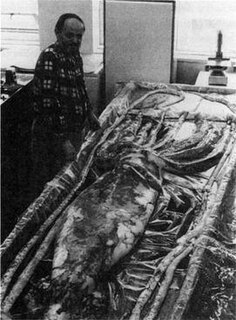 W
WFrederick Allen Aldrich AB, M.Sc., Ph.D. was a prominent marine biologist and educator. He is best remembered for his research on giant squid.
 W
WLouise Allcock is a British researcher, best known for her work on ecology and evolution of the cephalopods of the Southern Ocean and deep sea. She is the editor of the Zoological Journal of the Linnean Society.
 W
WSamuel Stillman Berry was an American marine zoologist specialized in cephalopods.
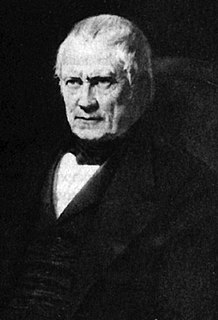 W
WHenri Marie Ducrotay de Blainville was a French zoologist and anatomist.
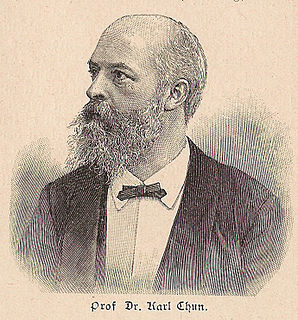 W
WCarl Chun was a German marine biologist.
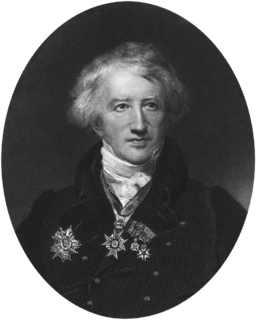 W
WJean Léopold Nicolas Frédéric, Baron Cuvier, known as Georges Cuvier, was a French naturalist and zoologist, sometimes referred to as the "founding father of paleontology". Cuvier was a major figure in natural sciences research in the early 19th century and was instrumental in establishing the fields of comparative anatomy and paleontology through his work in comparing living animals with fossils. He is also known for his ideas about the supposed scientific differences between races and for his abuse of Sarah Baartman as part of this 'work'.
 W
WWilliam Healey Dall was an American naturalist, a prominent malacologist, and one of the earliest scientific explorers of interior Alaska. He described many mollusks of the Pacific Northwest of America, and was for many years America's preeminent authority on living and fossil mollusks.
 W
WPierre Denys de Montfort, also sometimes spelled "Pierre Dénys de Montfort", (1766–1820) was a French naturalist, in particular a malacologist, remembered today for his pioneering inquiries into the existence of the gigantic octopuses. He was inspired by a description from 1783 of an eight-metre long tentacle found in the mouth of a sperm whale.
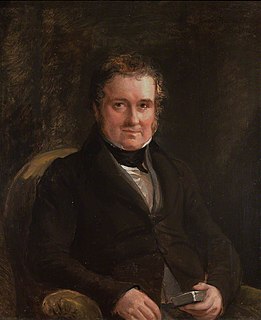 W
WLewis Weston Dillwyn, FRS was a British porcelain manufacturer, naturalist and Whig Member of Parliament (MP).
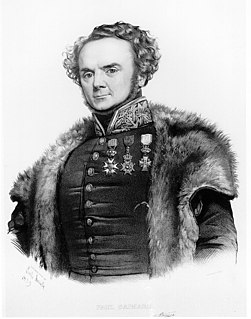 W
WJoseph Paul Gaimard was a French naval surgeon and naturalist.
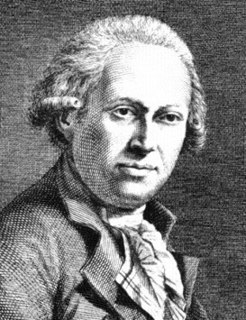 W
WJohann Friedrich Gmelin was a German naturalist, botanist, entomologist, herpetologist, and malacologist.
 W
WDr William Evans Hoyle FRSE was a noted British zoologist. A specialist in deep sea creatures he worked on classification and illustrations from the Challenger Expedition from 1882 to 1888.
 W
WTom Iredale was an English-born ornithologist and malacologist who had a long association with Australia, where he lived for most of his life. He was an autodidact who never went to university and lacked formal training. This was reflected in his later work; he never revised his manuscripts and never used a typewriter.
 W
WLouis Marie Adolphe Olivier Édouard Joubin was a professor at the Muséum national d'Histoire naturelle in Paris. He published works on nemerteans, chaetognatha, cephalopods, and other molluscs.
 W
WJean-Baptiste Pierre Antoine de Monet, chevalier de Lamarck, often known simply as Lamarck, was a French naturalist. He was a soldier, biologist, and academic, and an early proponent of the idea that biological evolution occurred and proceeded in accordance with natural laws.
 W
WCharles Alexandre Lesueur was a French naturalist, artist, and explorer. He was a prolific natural-history collector, gathering many type specimens in Australia, Southeast Asia, and North America, and was also responsible for describing numerous species, including the spiny softshell turtle, smooth softshell turtle, and common map turtle. Both Mount Lesueur and Lesueur National Park in Western Australia are named in his honor.
 W
WThe Reverend John Lightfoot was an English parson-naturalist, spending much of his free time as a conchologist and botanist. He was a systematic and effective curator of the private museum of Margaret Bentinck, Duchess of Portland. He is best known for his Flora Scotica which pioneered the scientific study of the plants and fungi of Scotland. He elected a Fellow of the Royal Society for his scientific work.He was an excellent scholar in many branches of literature; but after the study of his profession, he addicted himself chiefly to that of botany and conchyliologie [sic]. He excelled in both.
 W
WAdolf Naef was a Swiss zoologist and palaeontologist who worked on cephalopods and systematics. Although he struggled with academic politics throughout his career and difficult conditions during World War I and II, his work had lasting influences on the fields of phylogenetics, morphology, and embryology.
 W
WAlcide Charles Victor Marie Dessalines d'Orbigny was a French naturalist who made major contributions in many areas, including zoology, palaeontology, geology, archaeology and anthropology.
 W
WSteve O'Shea is a marine biologist and environmentalist known for his research on giant squid.
 W
WGeorge Perry was a 19th-century English naturalist, a malacologist.
 W
WGeorg Johann Pfeffer (1854–1931) was a German zoologist, primarily a malacologist, a scientist who studies mollusks.
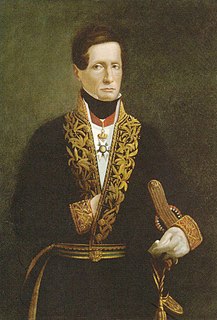 W
WJean René Constant Quoy was a French naval surgeon, zoologist and anatomist.
 W
WConstantine Samuel Rafinesque-Schmaltz was a French 19th-century polymath born near Constantinople in the Ottoman Empire and self-educated in France. He traveled as a young man in the United States, ultimately settling in Ohio in 1815, where he made notable contributions to botany, zoology, and the study of prehistoric earthworks in North America. He also contributed to the study of ancient Mesoamerican linguistics, in addition to work he had already completed in Europe.
 W
WClyde F. E. Roper is a zoologist at the National Museum of Natural History in Washington, D.C.. He has organised a number of expeditions to New Zealand to study giant squid, including in 1997 and 1999. He graduated from Transylvania University in Lexington, Kentucky, in 1959.
 W
WProf Johannes Japetus Smith Steenstrup FRS(For) HFRSE was a Danish zoologist, biologist, and professor.
 W
WJan Maree Strugnell is an Australian evolutionary molecular biologist. She is an associate professor and director in the Centre for Sustainable Tropical Fisheries and Aquaculture at James Cook University, Townsville, Australia. Strugnell's work has investigated population and species level molecular evolution in Antarctic and deep sea species in the context of past geological and climatic change. Strugnell's work also uses genetic tools to help solve bottlenecks in aquaculture and fisheries industries.
 W
WKarl Hermann Johannes Thiele was a German zoologist specialized in malacology. Thiele was born in Goldap, East Prussia. His Handbuch der systematischen Weichtierkunde is a standard work. From 1904 until his retirement in 1925 he was the curator of the malacological collection at the Museum für Naturkunde in Berlin. Thiele described more than 1.500 new species of molluscs; until today their types are deposited with the Museum of Natural History in Berlin. Especially important are his works on the Mollusca of the First German Antarctica Expedition and of the German Deep Sea Expedition aboard the vessel Valdivia.
 W
WFranz Hermann Troschel was a German zoologist born in Spandau.
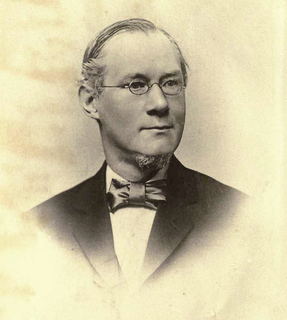 W
WGeorge Washington Tryon Jr. was an American malacologist who worked at the Academy of Natural Sciences in Philadelphia.
 W
WChevalier Jean Baptiste Vérany was a French pharmacist and naturalist who specialised in the study of cephalopods.
 W
WAddison Emery Verrill was an American invertebrate zoologist, museum curator and university professor.
 W
WJosé Carlos Caetano Xavier is a Portuguese scientist and Polar explorer.